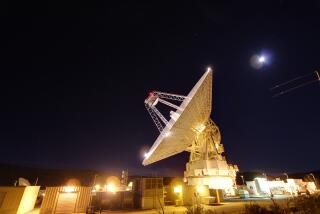The Road to Recovery : Survey Finds Some Industries Rolling Along but Others Are Stalled : AEROSPACE
- Share via
The victory in the Persian Gulf War may have brightened the image of the aerospace industry, but it did little to alter its future prospects.
The industry continues to face a future of shrinkage and reorganization that will extend for at least several years. It may never again see the diversity and magnitude of weapons programs started during the 1980s.
“It is really bleak,” said Paul Nisbet, aerospace analyst at Prudential-Bache Securities. “We are going to see a lot of production lines wound down and big gaps between production programs.”
Nisbet said he anticipates that General Dynamics and Grumman will shrink significantly in the years ahead, while Northrop, McDonnell Douglas, Boeing and Lockheed could remain fairly stable.
Unlike other major industries, the national economy affects aerospace only indirectly. But aerospace has a profound effect on the economy, ranking as one of the largest manufacturing industries in the country--and the leading exporter. The industry posted a record positive trade balance of $27 billion in 1990 with exports of $39.1 billion. Civilian aircraft made up $31.5 billion of that total.
Nonetheless, overall prospects are dim. Duft & Phelps, a credit rating firm, projects that by 1995 defense outlays will be one-third below the peak levels of the mid-1980s, excluding the effects of inflation.
The isolated bright spots are space programs and commercial aircraft. Boeing and McDonnell Douglas continue to show healthy backlogs for commercial aircraft, though McDonnell is failing to win significant new orders this year.
More to Read
Inside the business of entertainment
The Wide Shot brings you news, analysis and insights on everything from streaming wars to production — and what it all means for the future.
You may occasionally receive promotional content from the Los Angeles Times.











